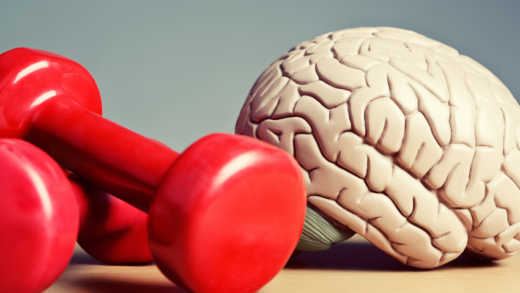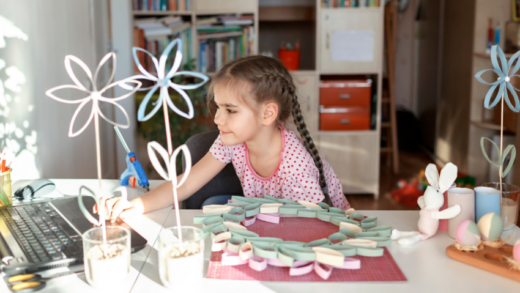Visual art is a form of communication that transcends language barriers and speaks directly to the human experience. It has the power to evoke emotions, spark creativity, and inspire new ways of thinking. While many view art as a form of entertainment, its impact on cognitive development has been the subject of much research. In this article, we explore the role of visual art in cognitive development and its relationship with brain functioning.
The Role of Visual Art in Cognitive Development
- Enhancing Brain Functioning: Visual art can have a positive impact on brain functioning by engaging multiple regions of the brain. When we view or create art, our brains are activated in areas responsible for visual processing, memory, and emotion regulation. This activation can improve cognitive skills such as attention, spatial awareness, and problem-solving.
- Promoting Creative Thinking: Art provides an opportunity for individuals to express themselves in creative ways. This creative outlet can lead to enhanced problem-solving skills, innovation, and originality. The process of creating art can also promote risk-taking and the ability to think outside the box.
- Developing Fine Motor Skills: The act of creating art involves the use of fine motor skills, which are important for many aspects of cognitive functioning, including writing and typing. When individuals engage in activities such as drawing or painting, they develop hand-eye coordination and dexterity, which can translate into improved motor skills in other areas.
- Enhancing Emotional Intelligence: Visual art can also promote emotional intelligence by helping individuals identify and regulate their emotions. When we view or create art, we are often forced to confront emotions such as joy, sadness, or anger. This emotional engagement can lead to enhanced self-awareness and empathy.
- Improving Memory: Visual art has been shown to improve memory retention and recall. When individuals view or create art, they are engaging in a process of encoding and retrieval, which can improve memory functioning.

FAQs
Q. Can visual art improve academic performance?
A. While visual art may not have a direct impact on academic performance, it can enhance cognitive skills such as attention and problem-solving, which can indirectly improve academic performance.
Q. Can individuals with no artistic talent benefit from visual art?
A. Yes, anyone can benefit from engaging in visual art. The act of creating art is more about the process than the end result. The act of engaging in the creative process can be therapeutic and beneficial for cognitive development.
Q. Can visual art be used as a form of therapy?
A. Yes, visual art therapy is a form of psychotherapy that uses art-making to improve emotional, cognitive, and physical wellbeing.
Q. Can exposure to visual art at a young age impact cognitive development in the long term?
A. Yes, exposure to visual art at a young age has been shown to improve cognitive skills such as attention and memory in the long term.
Q. Can visual art be used as a tool for cross-cultural communication?
A. Yes, visual art can transcend language barriers and serve as a form of communication between individuals from different cultures.
Conclusion
Visual art has a profound impact on cognitive development by engaging multiple regions of the brain and promoting skills such as creative thinking, emotional intelligence, and fine motor skills. As educators and caregivers, it is important to recognize the value of visual art and incorporate it into our daily lives. By doing so, we can promote cognitive development and enhance our overall wellbeing. The role of visual art in cognitive development is not limited to a specific age group or population. It can benefit individuals of all ages and backgrounds. Whether it’s through viewing, creating, or analyzing art, there are numerous ways to incorporate visual art into our lives and reap the benefits.
In conclusion, the impact of visual art on cognitive development is a fascinating area of study that has the potential to transform our understanding of how the brain works. By recognizing the value of visual art and incorporating it into our daily lives, we can promote cognitive skills, enhance emotional intelligence, and improve overall wellbeing. As we continue to explore the relationship between art and brain functioning, it’s clear that the role of visual art in cognitive development is significant and far-reaching.






















